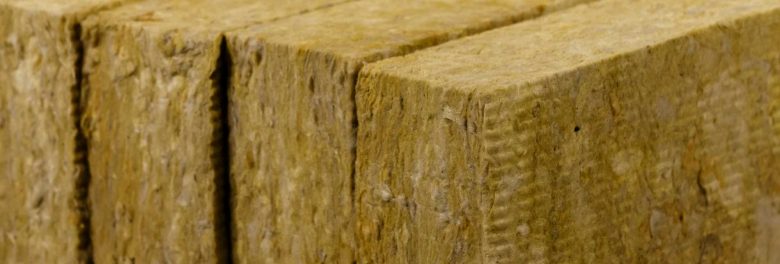
Using our examples of best practice thermal bridge junctions we have found wall thickness can reduce by circa 40 mm. This leads to a relaxation of the U-value by around 35%. Good thermal performance of building junctions could therefore increase the internal area.
Improving the thermal performance of junctions can help create cost savings without compromising the overall performance of the building. Improving the psi-value of junctions can help relax the performance specifications in the following ways:
- Thinner walls through reductions in insulation requirements;
- Relaxed window specification (allowing the use of double glazing rather than triple); and
- Air permeability targets can be relaxed, alleviating on site scheduling issues.
The following should be considered to recognise improved thermal bridging in the SAP assessment:
- Thermal performance of construction details at the planning stage;
- Impact analysis of default values vs. cost of design optimisation and bespoke calculation; and
- Increase bespoke 3D modelling of 3D junctions as per BR497 guidance.
Our study was based on a Part L 2021 compliant apartment dwelling using our experience of best practice thermal bridging values.
Posted on March 29th, 2023
Author: Sachin Varshani
Related services: Energy Statements, SAP (Domestic), Thermal Bridging Analysis, Thermal Modelling, Energy & Fabric Performance Evaluation,